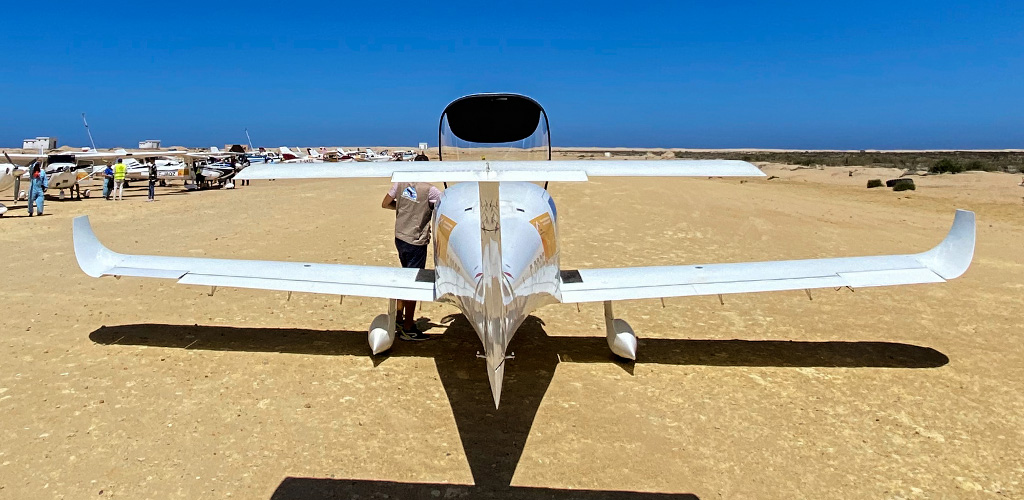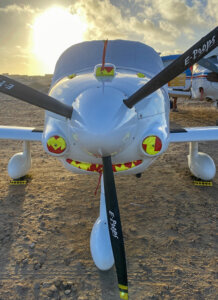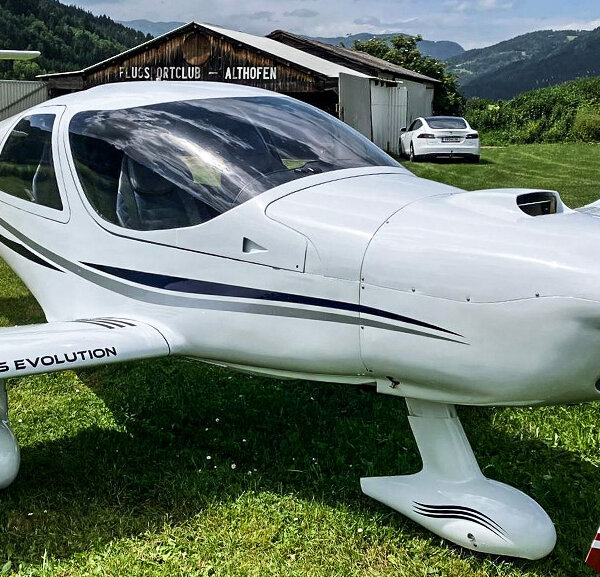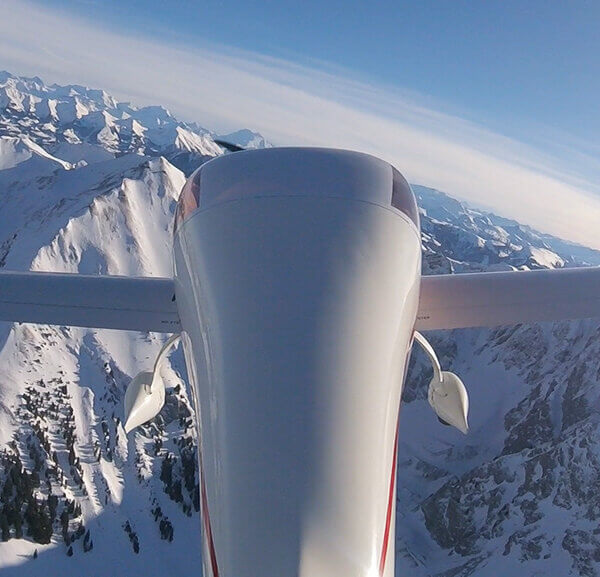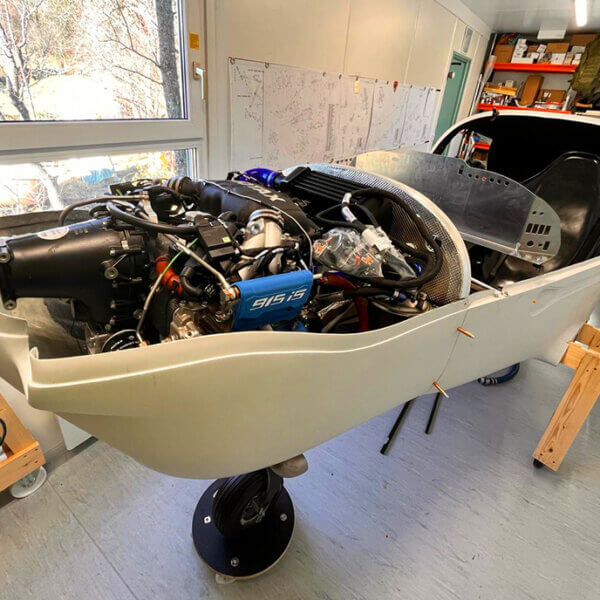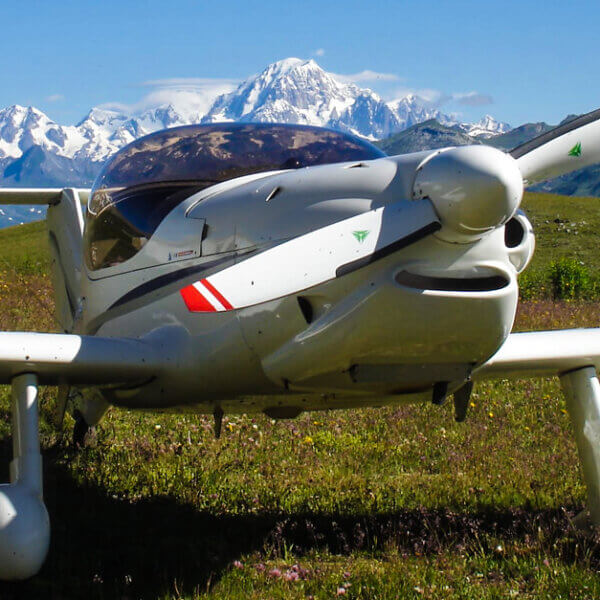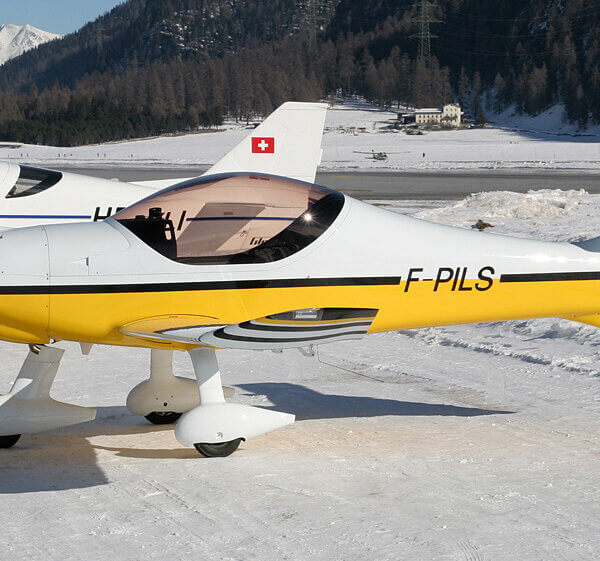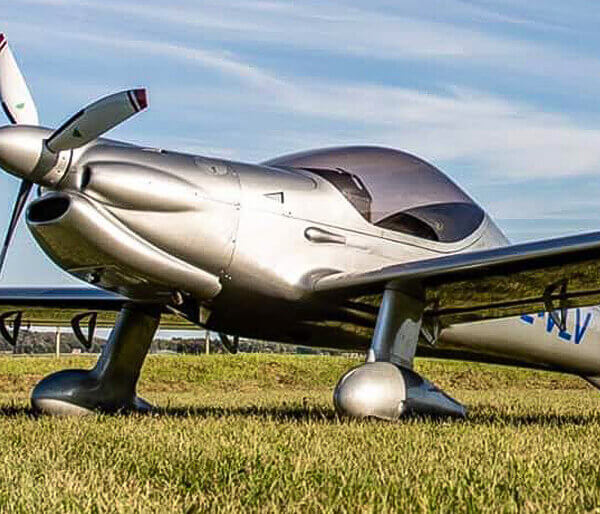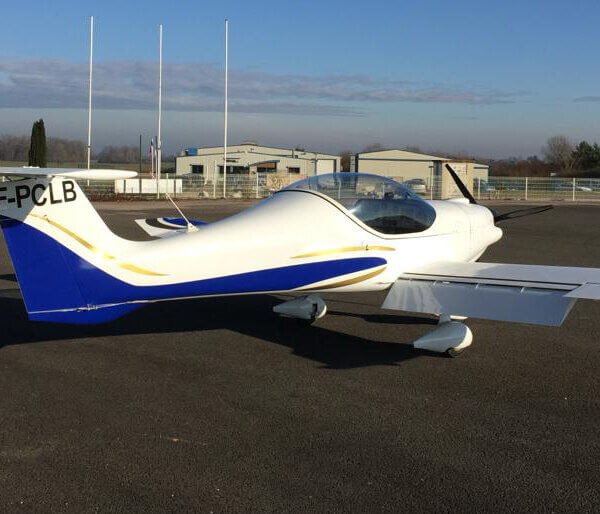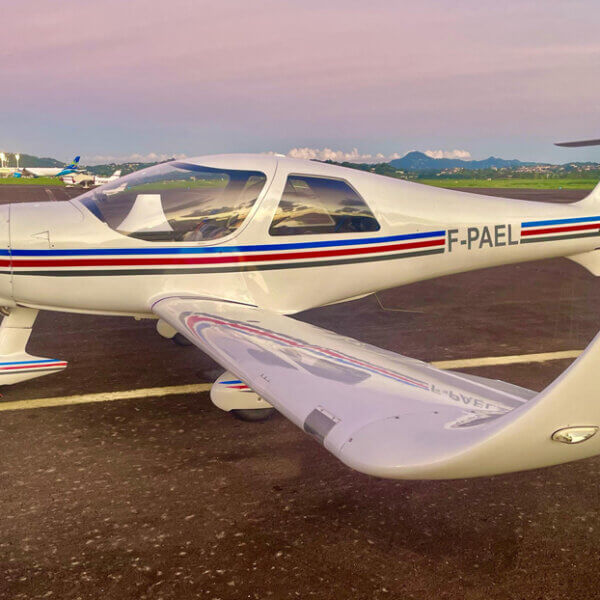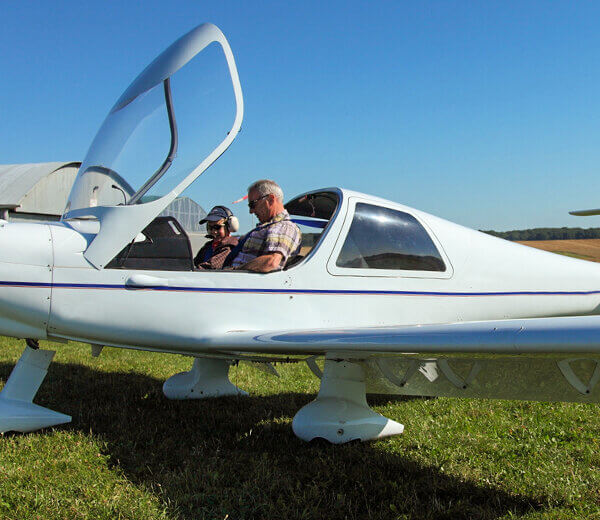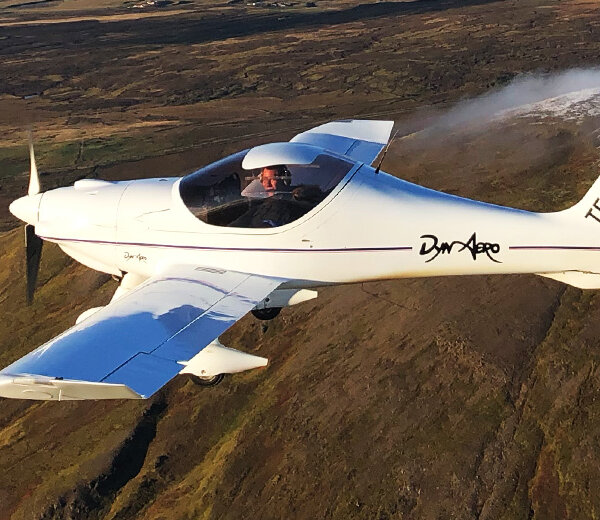NEWSLETTER APRIL 2023
Our Customers, their aircraft…
Timothée and his MCR-4S
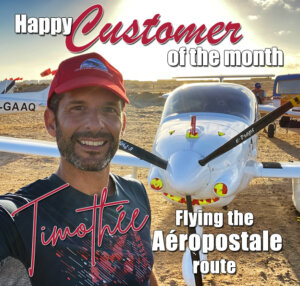
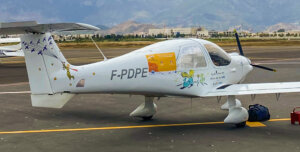
The Aéropostale with an MCR-4S By Timothée Audouin
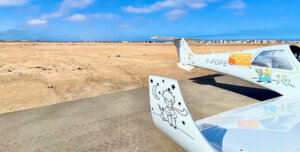
I left Toulouse (southern France) in September 2022 with 26 other crews, and it took us two weeks to cover the Aeropostale route via the Spanish east coast, the Moroccan Atlantic coast, Mauritania and Senegal to reach Saint-Louis.
What can I say about my MCR-4S during these 9,000 km in 42 hours of flight?
Simple: only positive! Whatever the temperature, its behaviour remained the same as when I flew it in France. The sand and heat did not cause any problems with the engine or the control surfaces. And, on the sandy runway of Tarfaya (where Saint-Exupéry was a station manager for 2 years!), the oleo-pneumatic dampers played their role perfectly.
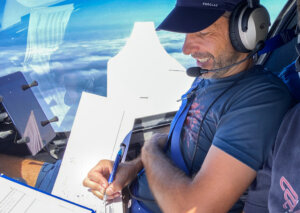
I would also like to point out that I was apprehensive about the sun for three reasons: the heat under the canopy, the deformation of the structure, and the overheating of the engine.
• The heat under the canopy
For this purpose, I had taken many movable sunshades, some of which had been picked up from cars, and which had been glued into my plane. I had also taken insulating sheets of packaging that I wedged here and there, according to my needs. In the end, having well anticipated this constraint, the sun was not as much of a nuisance as I thought…
• The deformation of the structure
Although I was very worried about this, it was a non-event! Indeed, the structure of my MCR-4S did not move one iota! I must point out that the horizontal surfaces are all white, without any sticker.
• Engine overheating
In flight, my Rotax never overheated. Only the holding points when taxiing could be a problem. This being said, as this engine starts very easily and quickly, I did not hesitate to switch it off to cool it down when the wait became long.
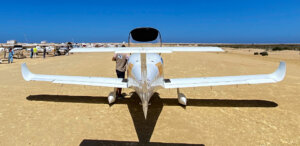
To be honest, the only problem I encountered was a slight whitening of the propeller which lost its shine. This was caused by the micro-particles of sand in the air that “sanded” the blades.
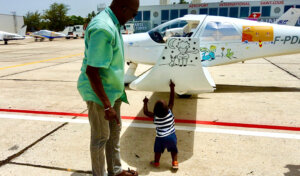
In conclusion, I bought this MCR-4S to travel with efficiency, and I was not mistaken: on the route of l’Aéropostale, its behaviour was beyond my expectations.
Last but not least, I would like to point out that during this trip, I only needed 800 litres of fuel, whereas the other participants consumed between 1,400 and 2,000 litres of fuel. Unbeatable, the MCR-4S!
MCR-4S F-PDPE owner
What’s new with SE AVIATION AIRCRAFT?
Electric MCR: work in progress!
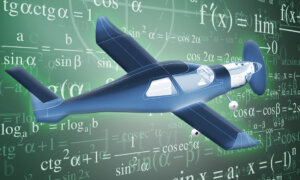
This week, as part of the eMCR Project, SE AVIATION AIRCRAFT had the pleasure to welcome representatives from AVIATHOR and CES WORKS.
The aim of the consortium formed by our three companies is to extend the MCR Evolution family with, in the first instance, a 100% electric version of the MCR-4S. Indeed, thanks to its flying qualities and its carrying capacity, this aircraft is the ideal development platform! Batteries will be integrated in place of the fuel tanks, and our recent calculations allow us to envisage an autonomy of 60 to 90 minutes with four people on board.
Regarding the missions of each company, AVIATHOR is in charge of the development and management of the electrical system, CES WORKS is in charge of the new composite skin to optimise the battery carrying capacity and, of course, SE AVIATION AIRCRAFT is providing the MCR-4S which will be used as a development platform, as well as its expertise in assembly and maintenance.
Thanks to our consortium, a real combination of skills, we can now confirm that the eMCR Evolution range will be available soon!


